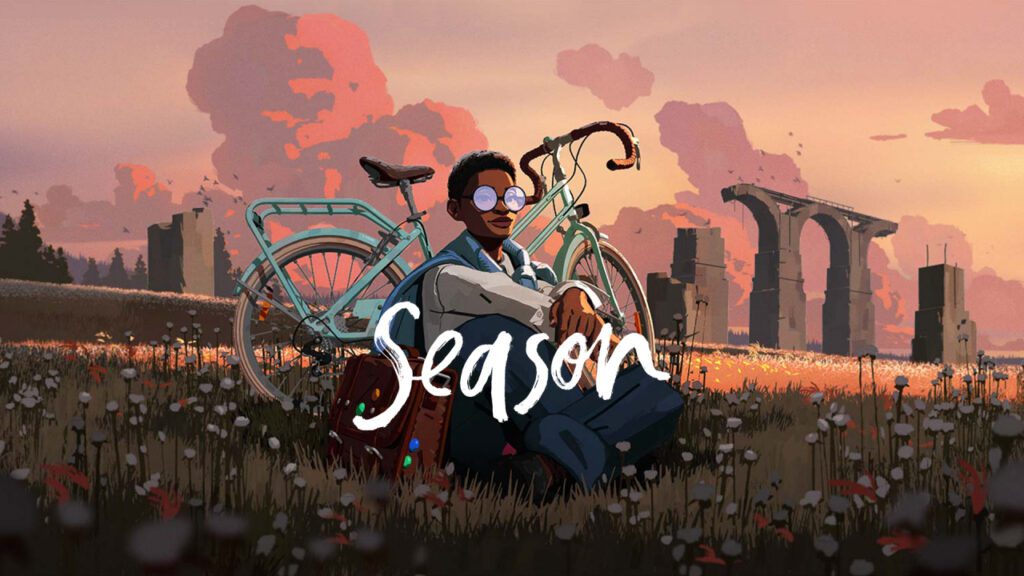Indie games are developed by small, independent teams or individuals rather than large studios. Despite their lower budget and smaller teams, indie games have taken the gaming world by storm due to their unique artistry, innovative ideas, and commitment to pushing the boundaries of what gaming can be. The indie gaming scene first began to emerge in the early 2000s with the rise of digital distribution platforms such as Steam. Indie games typically have much smaller budgets, which forces developers to be resourceful and inventive in their game designs. Minecraft, Undertale, and Braid are among the most notable indie games.
The Fascinating World of Indie Gaming: Exploring the Unique Artistry and Innovation Behind Independent Games
Introduction
When one thinks of video games, popular titles such as Call of Duty, FIFA, and Grand Theft Auto typically come to mind. However, there is a whole other side to the gaming world that is equally compelling and exciting – the realm of independent games, or “indie games” for short. Indie games refer to those developed by small, independent teams or individuals, as opposed to the large studios behind traditional blockbuster games. Despite their lower budgets and smaller teams, indie games have taken the gaming world by storm thanks to their unique artistry, innovative ideas, and commitment to pushing the boundaries of what gaming can be. In this article, we will explore the fascinating world of indie gaming and what makes it so special.
Origins of Indie Gaming
The indie gaming scene first began to emerge in the early 2000s, thanks in part to the rise of digital distribution platforms such as Steam, which allowed independent developers to easily release and distribute their games to a wider audience online. The term “indie game” itself was coined in the mid-2000s to refer to games developed by small teams with low budgets and a focus on creativity and innovation. Since then, the indie gaming scene has exploded in popularity, with countless titles covering every genre from puzzle games to platformers to role-playing games.
What Makes Indie Games So Unique?
One of the most distinctive aspects of indie games is their focus on creativity and artistic expression. Without the pressure to adhere to mainstream trends and expectations, independent developers are free to explore unique ideas and experimental gameplay mechanics that may not be feasible in larger, more traditional game development studios. This has led to a wide and diverse range of indie games that are often incredibly original and distinctive.
Another important factor is that indie games typically have much smaller budgets than their mainstream counterparts, which forces developers to be resourceful and inventive in their game designs. This can lead to innovative mechanics and clever workarounds to technical limitations that allow indie games to stand out from the crowd.
Notable Examples of Indie Games
There are countless indie games that are worth checking out, but here are just a few noteworthy examples:
Minecraft
Minecraft is one of the most popular indie games of all time, with millions of players worldwide. The game was developed by Mojang Studios, a small independent developer based in Sweden, and was released in 2011. Minecraft is a sandbox-style game that allows players to explore a randomly generated world and build anything they can imagine using virtual “blocks”. The game’s simple yet versatile mechanics and its focus on exploration and creativity have led to its immense popularity and longevity.
Undertale
Undertale is a quirky and charming RPG developed by Toby Fox. The game features a unique combat system that allows players to choose whether to fight monsters or negotiate with them, leading to multiple possible endings and a highly replayable experience. The game’s witty writing, memorable characters, and emotional storyline have made it a beloved classic among indie gamers.
Braid
Braid is a puzzle-platformer game developed by Jonathan Blow. The game features a time-manipulation mechanic that allows players to reverse time, leading to challenging and mind-bending puzzles. The game’s beautiful hand-painted graphics and haunting soundtrack create a uniquely atmospheric experience that has been praised for its artistic vision.
The Future of Indie Gaming
The indie gaming scene is constantly evolving and pushing the boundaries of what gaming can be. With the rise of virtual reality technology and new platforms such as mobile gaming, there are many exciting possibilities for indie developers to explore in the coming years. As game development gets more accessible and democratic, we can expect to see even more diverse and inventive indie games that challenge and inspire us.
Conclusion
Indie gaming is a fascinating and endlessly creative world that is well worth exploring. Whether you are a lifelong gamer or just looking for something new and different, indie games offer a wealth of unique artistry, innovation, and inspiration that speaks to the potential of gaming as an art form.
